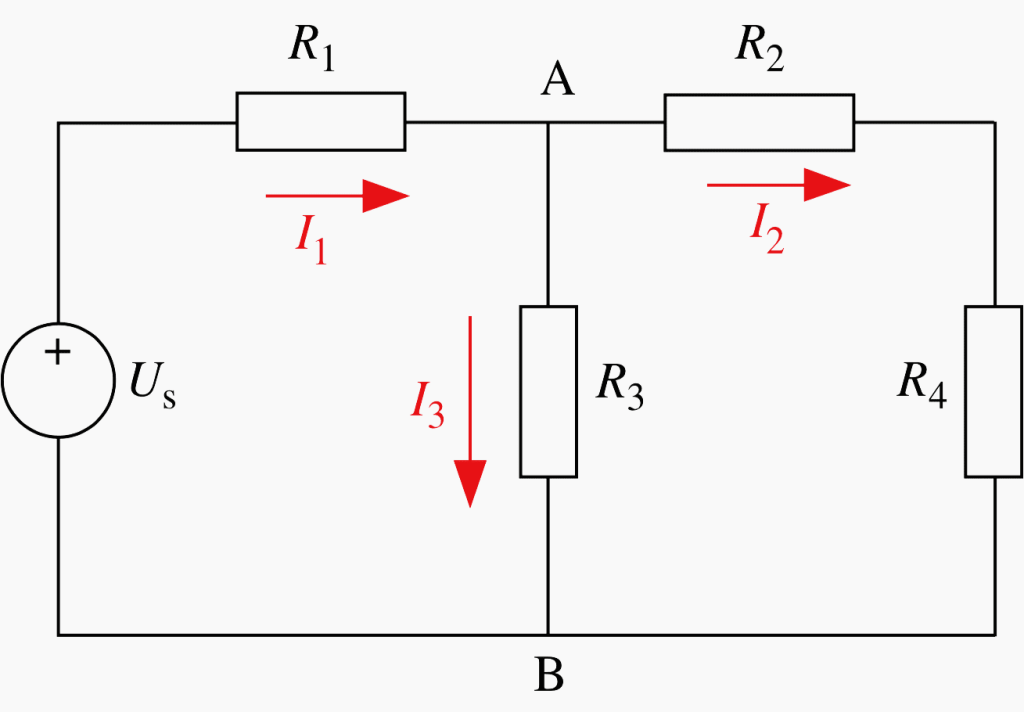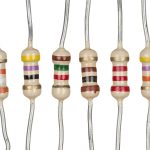In this chapter, capacitors and inductors will be introduced (without considering the effects of AC current.) The big thing to understand about Capacitors and Inductors in DC Circuits is that they have a transient (temporary) response. During the transient period, capacitors build up charge and stop the flow of current (eventually acting like infinite resistors.) Inductors build up energy in the form of magnetic fields, and become more conductive. In other words, in the steady-state (long term behaviour), capacitors become open circuits and inductors become short circuits. Thus, for DC analysis, you can replace a capacitor with an empty space and an inductor with a wire. The only circuit components that remain are voltage sources, current sources, and resistors.
Capacitors and Inductors at DC




DC steady-state (meaning the circuit has been in the same state for a long time), we’ve seen that capacitors act like open circuits and inductors act like shorts. The above figures show the process of replacing these circuit devices with their DC equivalents. In this case, all that remains is a voltage source and a lone resistor. (An AC analysis of this circuit can be found in the AC section.)


